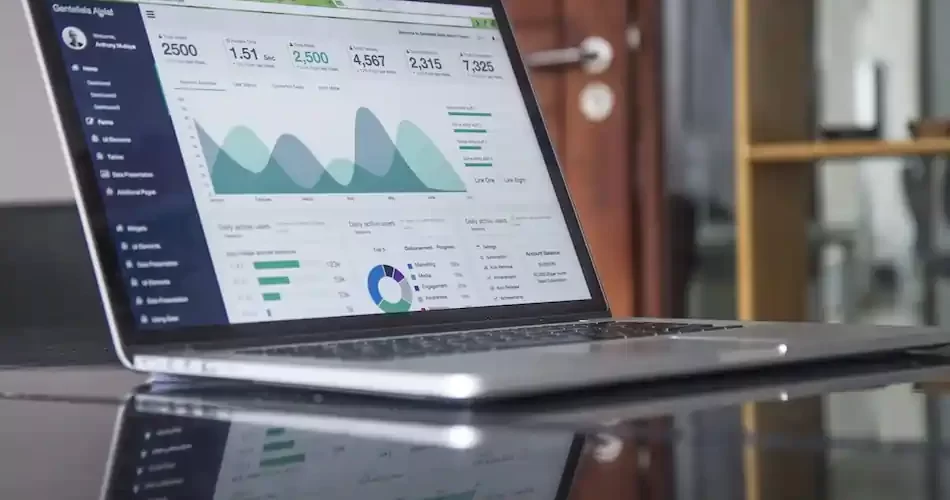Data visualization is an intricate and complex art encompassing numerous methodologies and techniques. One of the more prominent ones involves the use of waterfall charts. While seemingly simple, this method of graphically depicting data offers a profound understanding of sequential changes and trends in data over time. Keep reading as we delve into the intricacies of waterfall charts.
The Fundamentals of Waterfall Charts
The waterfall chart is necessary within any critical and analytical environment where understanding changes in data points over time is vital. These changes might be derivatives of business activities, deviations in scientific data, or tracking progress in a project. The uniqueness of waterfall charts lies in their visual interpretation of the cumulative effect of sequentially introduced positive or negative values. However, getting the best out of waterfall charts requires an in-depth understanding of their mechanisms and the patterns they can represent.
Waterfall charts are particularly useful for tracking incremental changes on an initial value. The introductory value, followed by incremental increases or decreases, is clearly visible and provides a panoramic view of the cause-and-effect flow within an environment.
It’s important to know that these charts have become popular in the corporate world because they represent financial statements effectively. A financial waterfall chart typically illustrates how the company moved from its initial to final earnings, demonstrating all intermediate income and expenses contributing to the final number.
Creating Effective Waterfall Charts
To create effective waterfall charts, an understanding of core principles is necessary. The chart provides a pathway showing the movement of a start value to an end value, passing through various intermediary stages, whether that represents months of a year or earnings and expenses categories. Each stage shows a connecting bar from the endpoint of the previous stage, indicating the relationship between the two stages.
The bars in the waterfall chart can take three different attributes: upward bars, downward bars, and a connector bar. Upward bars show an increase in value, downward bars indicate a decrease, while the connector bars bridge elements between subtotals. Understanding the relationship and context between these bars is essential in interpreting waterfall charts correctly.
Another consideration when creating waterfall charts is the color scheme used. It’s common to find that increases are usually denoted in a positive color, like green, and decreases are shown in a negative color, like red. Subtotal elements are often in a different color to help them stand out from regular data values. A careful selection of colors enhances the data visualization and interpretation of waterfall charts.
Best Practices in Waterfall Chart Designs

Designing a clear and effective waterfall chart goes beyond understanding its basics. In today’s data-rich environment, it’s equally important to follow the best practices to ensure charts deliver clear and concise messages. The first step to an effective chart is using a relevant title that sets the context for the chart. This helps viewers understand what the chart represents at a glance, promoting quick and easy comprehension.
Additionally, labeling is another critical aspect of waterfall chart designs. Proper labeling acts as a quick reference guide, enabling users to understand individual bars connected to the initial and final values. It’s a common practice to position the labels either at the end of the bar for easy reading or in the middle, especially in long bars.
Another crucial design consideration is the aspect of time or sequence of the data involved. An effective waterfall chart should maintain a cohesive flow of data, either in forward progression or a sequential order that makes logical sense. This promotes a smooth analytical journey when interpreting the chart.
The use of waterfall charts in the world of data visualization is a perfect blend of simplicity and detail. Although it does require a certain level of expertise and acclimatization, once mastered, waterfall charts open up new vistas in extracting valuable insights from pools of raw numbers.

